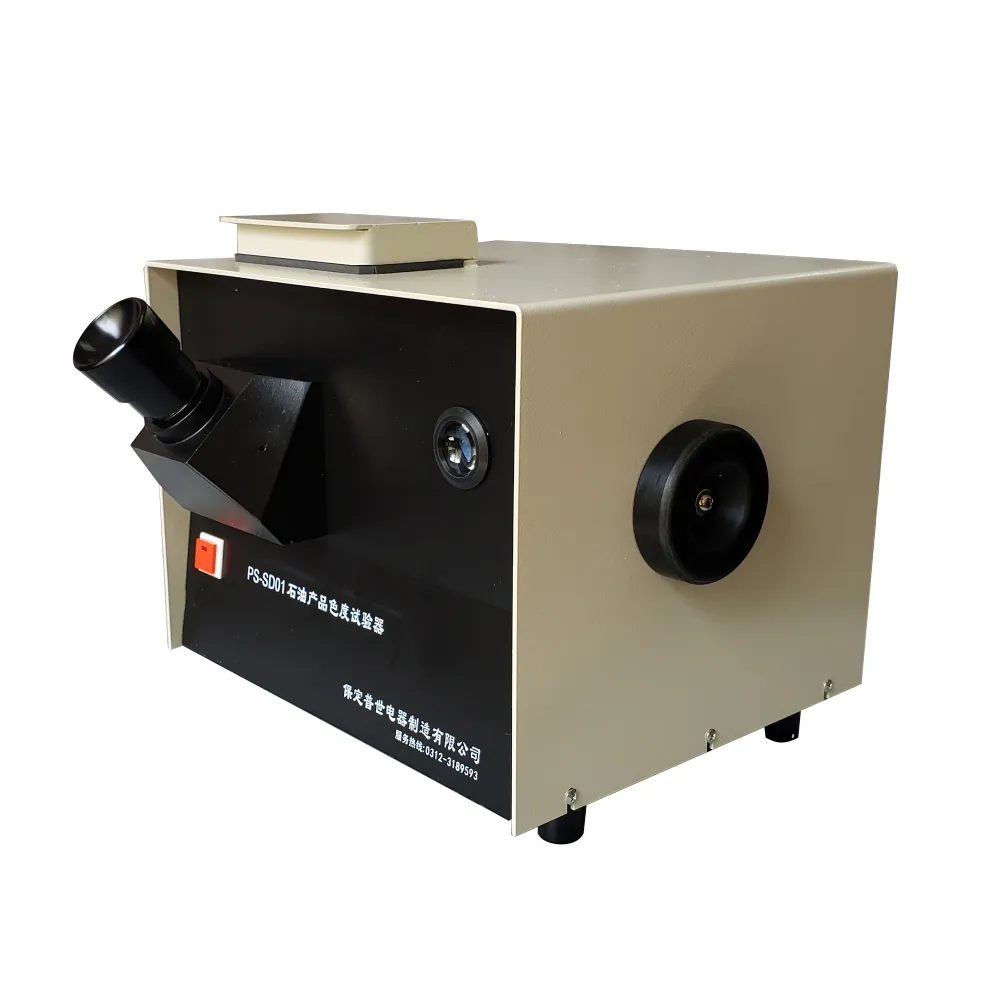 English
English



-
 Afrikaans
Afrikaans -
 Albanian
Albanian -
 Amharic
Amharic -
 Arabic
Arabic -
 Armenian
Armenian -
 Azerbaijani
Azerbaijani -
 Basque
Basque -
 Belarusian
Belarusian -
 Bengali
Bengali -
 Bosnian
Bosnian -
 Bulgarian
Bulgarian -
 Catalan
Catalan -
 Cebuano
Cebuano -
 China
China -
 China (Taiwan)
China (Taiwan) -
 Corsican
Corsican -
 Croatian
Croatian -
 Czech
Czech -
 Danish
Danish -
 Dutch
Dutch -
 English
English -
 Esperanto
Esperanto -
 Estonian
Estonian -
 Finnish
Finnish -
 French
French -
 Frisian
Frisian -
 Galician
Galician -
 Georgian
Georgian -
 German
German -
 Greek
Greek -
 Gujarati
Gujarati -
 Haitian Creole
Haitian Creole -
 hausa
hausa -
 hawaiian
hawaiian -
 Hebrew
Hebrew -
 Hindi
Hindi -
 Miao
Miao -
 Hungarian
Hungarian -
 Icelandic
Icelandic -
 igbo
igbo -
 Indonesian
Indonesian -
 irish
irish -
 Italian
Italian -
 Japanese
Japanese -
 Javanese
Javanese -
 Kannada
Kannada -
 kazakh
kazakh -
 Khmer
Khmer -
 Rwandese
Rwandese -
 Korean
Korean -
 Kurdish
Kurdish -
 Kyrgyz
Kyrgyz -
 Lao
Lao -
 Latin
Latin -
 Latvian
Latvian -
 Lithuanian
Lithuanian -
 Luxembourgish
Luxembourgish -
 Macedonian
Macedonian -
 Malgashi
Malgashi -
 Malay
Malay -
 Malayalam
Malayalam -
 Maltese
Maltese -
 Maori
Maori -
 Marathi
Marathi -
 Mongolian
Mongolian -
 Myanmar
Myanmar -
 Nepali
Nepali -
 Norwegian
Norwegian -
 Norwegian
Norwegian -
 Occitan
Occitan -
 Pashto
Pashto -
 Persian
Persian -
 Polish
Polish -
 Portuguese
Portuguese -
 Punjabi
Punjabi -
 Romanian
Romanian -
 Russian
Russian -
 Samoan
Samoan -
 Scottish Gaelic
Scottish Gaelic -
 Serbian
Serbian -
 Sesotho
Sesotho -
 Shona
Shona -
 Sindhi
Sindhi -
 Sinhala
Sinhala -
 Slovak
Slovak -
 Slovenian
Slovenian -
 Somali
Somali -
 Spanish
Spanish -
 Sundanese
Sundanese -
 Swahili
Swahili -
 Swedish
Swedish -
 Tagalog
Tagalog -
 Tajik
Tajik -
 Tamil
Tamil -
 Tatar
Tatar -
 Telugu
Telugu -
 Thai
Thai -
 Turkish
Turkish -
 Turkmen
Turkmen -
 Ukrainian
Ukrainian -
 Urdu
Urdu -
 Uighur
Uighur -
 Uzbek
Uzbek -
 Vietnamese
Vietnamese -
 Welsh
Welsh -
 Bantu
Bantu -
 Yiddish
Yiddish -
 Yoruba
Yoruba -
 Zulu
Zulu
resistivity tester
Understanding the Importance of a Resistivity Tester
Resistivity testers are vital instruments used across various fields, including geology, environmental studies, and electrical engineering. Their primary function is to measure the electrical resistivity of soil or other materials, which is crucial for assessing the suitability of a site for construction, determining the presence of groundwater, and identifying soil contamination, among other applications.
What is Resistivity?
Electrical resistivity is a fundamental property of materials that indicates how strongly a material opposes the flow of electric current. It is influenced by several factors, including temperature, moisture content, and the mineral composition of the material. In general, a lower resistivity value signifies a good conductor of electricity, while a higher value indicates an insulator.
How Does a Resistivity Tester Work?
A resistivity tester typically operates by passing an electrical current through the material being tested and measuring the voltage drop across it. This setup allows for the calculation of resistivity using Ohm’s Law (V=IR), where V is voltage, I is current, and R is resistance. The resistivity tester usually consists of a pair of electrodes that are inserted into the ground, either in a direct current (DC) or alternating current (AC) setup, depending on the specific requirements of the test.
Applications of Resistivity Testing
The applications of resistivity testing are vast
resistivity tester

1. Geotechnical Engineering Before any construction project begins, it's essential to evaluate the soil's resistivity. High resistivity values can indicate dry, compacted soil, while low values may suggest wet, saturated conditions. This information is crucial for determining foundation design and stability.
2. Environmental Studies Resistivity testing is commonly used to identify contaminated sites by detecting variations in resistivity caused by pollutants. Contaminated soil typically has a different resistivity than clean soil, allowing geologists and environmental scientists to map contamination plumes and decide on remediation strategies.
3. Hydrogeology Understanding groundwater resources is vital for water supply management. Resistivity testing can help locate groundwater by identifying areas where resistivity indicates the presence of saturated zones. This can be particularly useful in arid regions where water resources are scarce.
4. Urban Development As cities expand, developers need to assess the hygienic conditions of the soil. Resistivity tests help to determine the suitability of soil for agricultural use or construction, thus safeguarding public health and facilitating proper land use.
5. Agriculture Farmers can use resistivity testing to assess soil moisture levels, helping them make informed decisions about irrigation and crop management. By understanding resistivity variations, they can optimize their farming practices and ensure better yields.
Conclusion
In conclusion, resistivity testers play a crucial role in multiple domains by providing essential data that influences decision-making processes related to construction, environmental protection, and resource management. With advancements in technology, resistivity testing continues to evolve, offering more precise measurements and greater ease of use. As we become increasingly aware of the importance of sustainable practices, the demand for reliable resistivity data will grow, making these instruments indispensable in the quest for knowledge about the earth and its resources. By harnessing the power of resistivity testing, we can continue to build safely and sustainably while protecting our natural environment.
-
Testing Equipment Industry Sees Major Advancements in 2025: Smart & Precision Technologies Lead the WayNewsJun.06,2025
-
Applications of Direct Current Generators in Renewable Energy SystemsNewsJun.05,2025
-
Hipot Tester Calibration and Accuracy GuidelinesNewsJun.05,2025
-
Digital Circuit Breaker Analyzer Features and BenefitsNewsJun.05,2025
-
Benefits of Real-Time Power Quality Monitoring Devices for Industrial EfficiencyNewsJun.05,2025
-
Earth Fault Loop Testing in High-Rise Building Electrical SystemsNewsJun.05,2025



